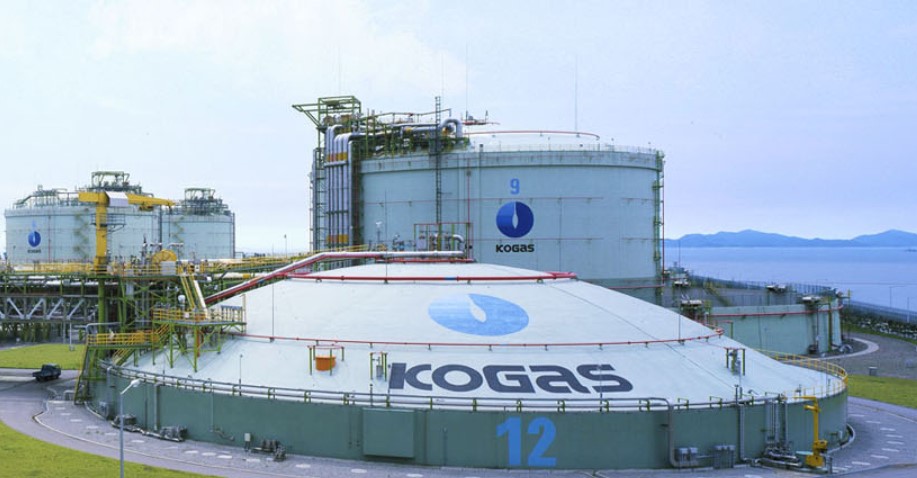South Korean LNG importer Kogas reported lower gas sales in January compared to the same month in the year before due to lower demand for power generation.
State-owned Kogas sold 4.42 million mt last month, a drop of 4.6 percent compared to 4.63 million mt in January 2023, according to a stock exchange filing.
January sales rose by 8.3 percent compared to the previous month’s 4.08 million mt, Kogas said.
Purchases by power firms decreased by 9.2 percent year-on-year to 1.46 million mt in January. These purchases rose by 14.3 percent compared to the previous month.
Moreover, Kogas said its city gas sales dropped by 1.7 percent year-on-year to 2.8 million mt while they rose by 5.1 percent compared to the month before.
South Korean LNG imports rise
South Korean LNG imports rose to 4.91 million mt last month from 4.78 million mt in January 2023, customs data shows.
South Korea paid $3.47 billion for these LNG imports. This compares to $6.2 billion last year, the data shows.
Australia was the largest LNG supplier to South Korea in January, and the country was followed by Qatar, US, and Malaysia, the data shows.
Kogas operates 77 LNG storage tanks at five LNG import terminals in South Korea.
The large terminals include Incheon, Pyeongtaek, Tongyeong, and Samcheok, while the firm has a small-scale regasification terminal at the Aewol port on Jeju island as well.
Also, the firm is building a large terminal in Dangjin and expects to launch the first phase in December 2025.
Kogas sold 34.6 million mt during 2023, down from 38.3 million mt in 2022.
The firm said in its quarterly report in November 2023 that residential demand decreased due to higher average temperature, while industrial demand dropped due to the economic recession.
Also, Kogas said total power generation decreased due to the economic recession.

